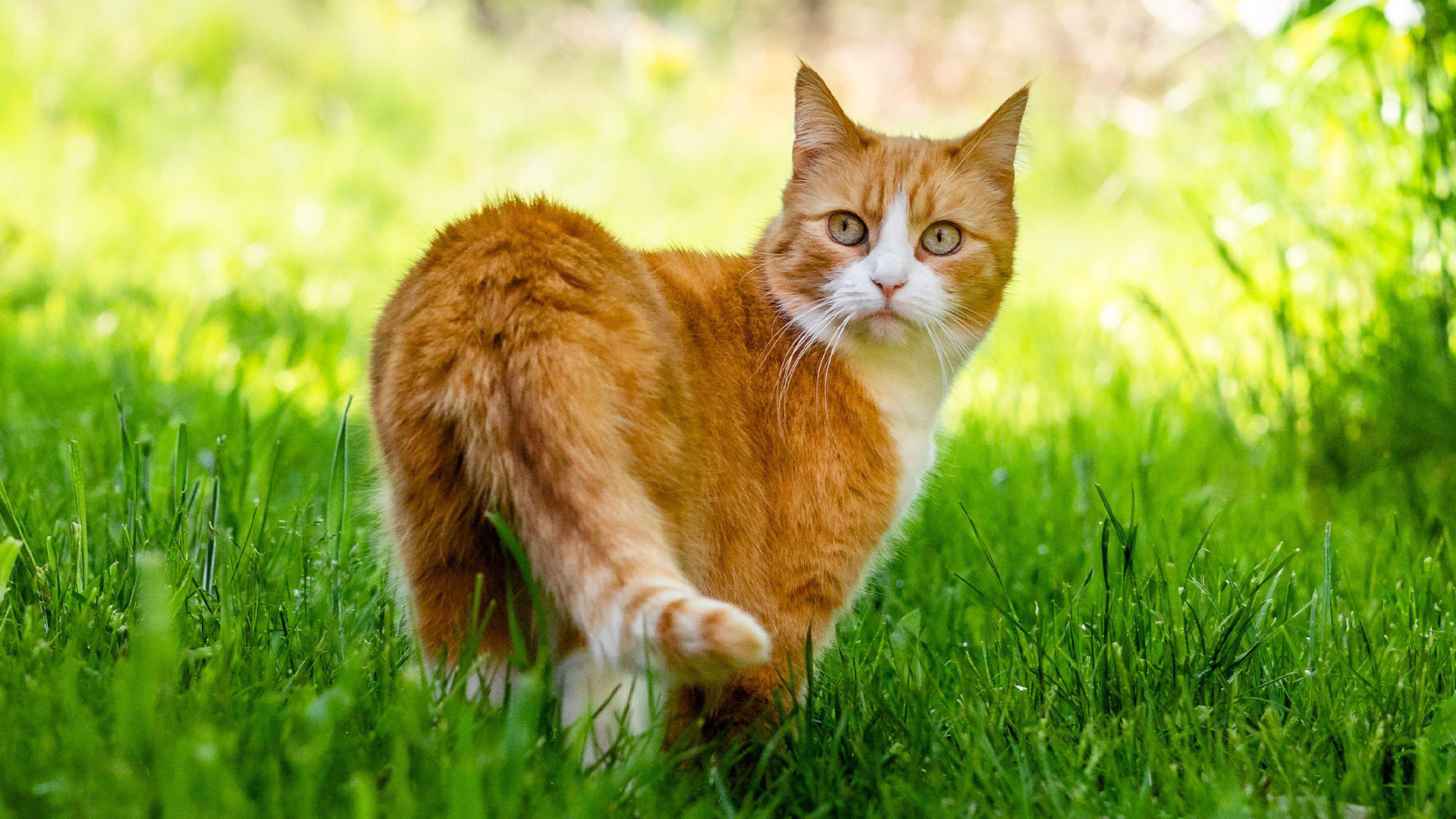
While we love all cats, regardless of the color of their fur or their coat pattern, orange (or ginger) cats hold a special place in the hearts of many.
Often stereotyped as silly or greedy, our orange felines can seem as though they’re often up to mischief. But what gives them the orange color that sets them apart from their black, white, grey, and brown cousins? Last year scientists in California identified a gene, but scientists in Japan now have more answers.
Scientists at Kyushu University in Fukuoka, Japan explained in a paper published last week that orange cats are missing a part of their genetic code. As a result, the cells responsible for their skin, eye, and fur tone make lighter colors.
They found that one gene, ARHGAP36, was a lot more active than others in the cells responsible for giving cats their skin, hair, and eye colors – known as melanocytes. Comparing the DNA from dozens of cats with and without orange fur, they noticed that those with orange coloring had a section of DNA code within the ARHGAP36 gene missing.
When this DNA section isn’t there, the ARHGAP36 gene is more active, and it’s now thought that the gene instructs the melanocyte cells to make lighter pigment.
This gene is carried on the X chromosome, which explains why orange cats tend to be male. Because the gene is only on the X chromosome, and male cats – like humans – have an X and a Y chromosome, just one missing piece of DNA can turn the cat orange. In contrast, because female cats have two X chromosomes, the DNA needs to be missing in both chromosomes. Therefore, it’s far less likely for a female cat to be completely orange.

The scientists, whose research was crowdfunded by a whole crew of cat lovers, hope that their work could help us find out whether orange cats are at an increased risk of some health conditions, too.
The ARHGAP36 gene is involved in other areas of the body, and they think the DNA mutation could cause other changes linked to temperament and health conditions. In humans, the ARHGAP36 gene has been linked to skin cancer and hair loss.
Professor Hiroyuki Sasaki, a geneticist at Kyushu University, added, "Many cat owners swear by the idea that different coat colors and patterns are linked with different personalities. There's no scientific evidence for this yet, but it's an intriguing idea and one I'd love to explore further."
Professor Sasaki, a cat lover himself, had retired from his role at the university, but wanted to keep going with his research in the hope that it might “contribute to the overcoming of cat diseases.”
So, he and his team raised ¥10.6 million (about $73,000) through crowdfunding to get the research off the ground. The comment alongside one donation read: "We are siblings in the first and third grades of elementary school. We donated with our pocket money. Use it for research on calico cats."
Read next: Orange tabby cat facts and dilute calico cats







